How to Dry Coffee Grounds + Best Uses for Home and Garden
Don’t let those coffee grounds go to waste! Learning how to dry coffee grounds is the first step to unlocking their potential. From revitalizing your garden to enhancing your skincare routine, dried coffee grounds have surprising uses.
Let’s explore the best ways to dry them and discover their many benefits!
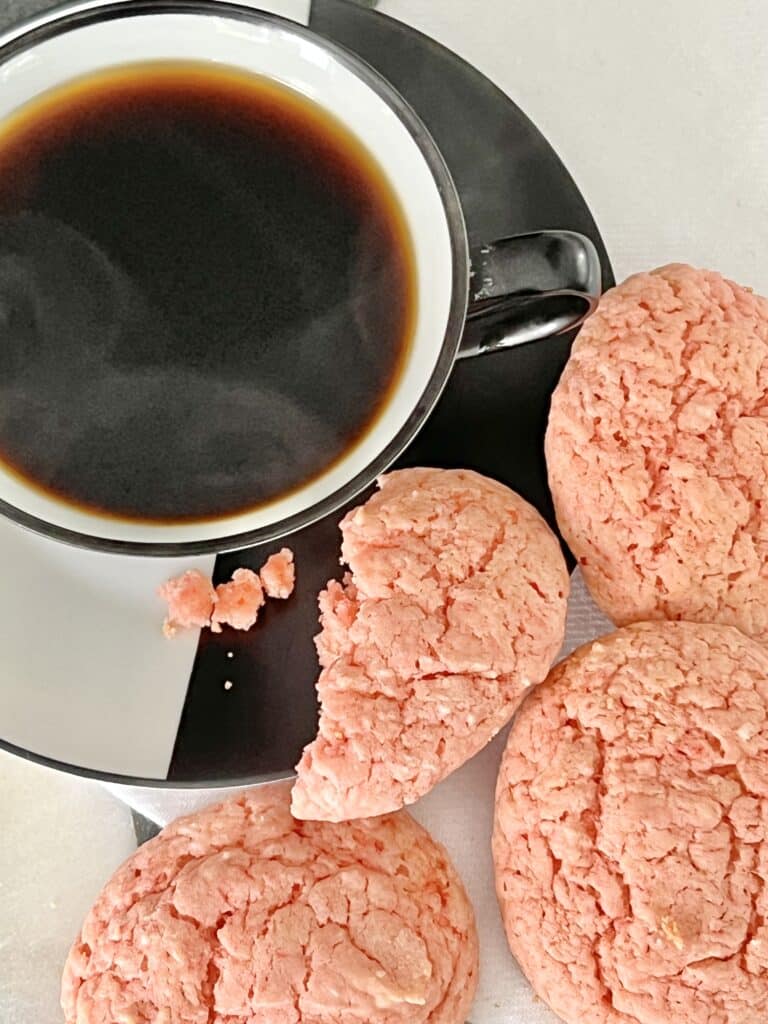
This blog contains affiliate links. This means a small commission is earned if you make a purchase by using this link. The price you pay will be the same whether you use the affiliate link or go directly to the vendor’s website using a non-affiliate link. As an Amazon Influencer, I earn from qualifying purchases.
From Brew to Boost: The Many Lives of Coffee Grounds
Ah, the aroma of coffee.
It’s the elixir that jumpstarts our mornings and fuels our afternoons.
But what about those leftover coffee grounds?
Instead of tossing them down the garbage disposal, let’s explore the surprising use and great benefits of repurposing them.
How to Dry Out Coffee Grounds Quickly
Before we dive into the creative uses of coffee grounds, we need to dry them. This simple process is the foundation for many of their applications. To dry your spent grounds, you have a few options:
- Air Drying: The classic and easy way. Spread your used coffee grounds on a cookie sheet or baking sheet lined with parchment paper. Then add some strips of newspaper and mix it all up. Place them in a warm, dry area with good airflow, like a sunny windowsill. Stir occasionally to ensure even drying. This natural process can take a few days.

- Oven Drying: For a quicker approach, preheat your electric oven to the lowest temperature setting. Spread the wet grounds on a baking sheet and let them dry for a couple of hours, checking occasionally to prevent burning.
- Dehydrator Drying: If you have a dehydrator, this is the fastest method. Follow the manufacturer’s instructions for drying herbs or fruits.
Once your coffee grounds are completely dry, store them in an airtight container at room temperature. They’ll stay fresh for months, ready for their next adventure.
Freebie Coffee Grounds
Don’t have the time or space to dry your own coffee grounds? No problem!
Many local coffee shops are happy to donate their spent coffee grounds. It’s a great way to reduce waste and score a free supply for your gardening or DIY projects.
Just be sure to ask politely and bring a reusable container.

Great Uses for Dried Coffee Grounds
Dried coffee grounds can be used in a variety of ways around the home. They can be used as a natural exfoliant, an odor absorber, and a cleaning agent. And dried coffee grounds can also be used to improve the quality of your garden and home care.
Take a look at these ideas…
Garden Gold: Nurturing Your Plants with Coffee Grounds
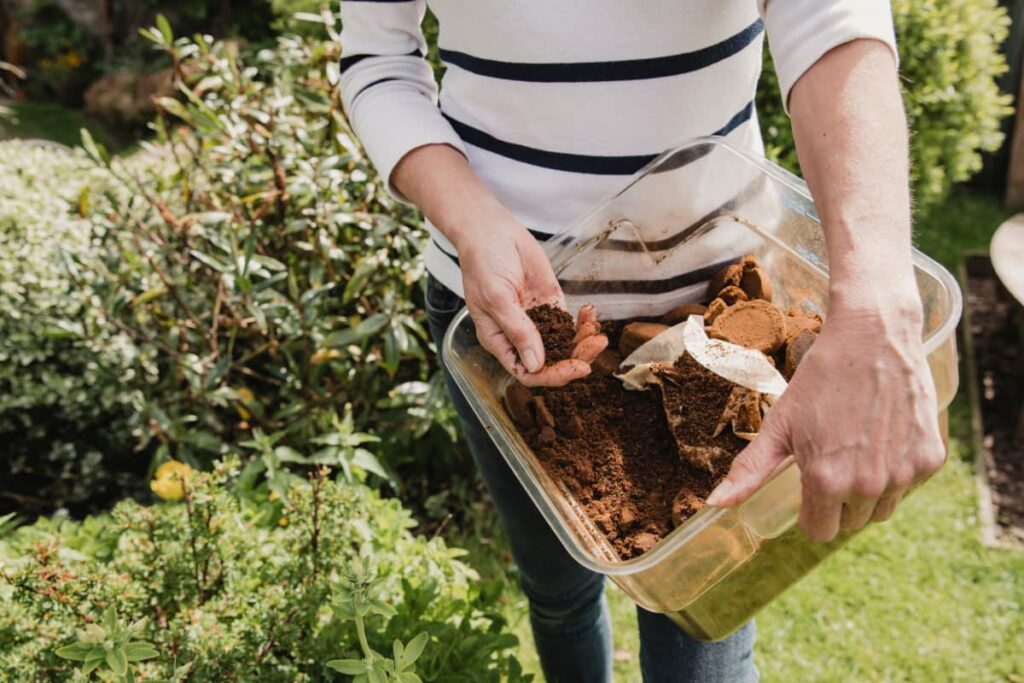
Your garden will thank you for embracing the use of coffee grounds. These spent grounds are packed with essential nutrients that can significantly benefit your plants.
- Compost Boost: Coffee grounds are a fantastic addition to your compost pile. They provide a rich source of nitrogen, one of the essential nutrients for plant growth. Combine them with brown materials like dry leaves, coffee filters, or even old newspapers to maintain a balanced carbon-to-nitrogen ratio.
- Soil Amendment: Incorporate dry coffee grounds into your garden soil to improve its structure and water retention. The gritty texture of the grounds helps to aerate the soil, allowing for better root development.
- Acid-Loving Plants: If you’re growing plants like blueberries, azaleas, or rhododendrons, which prefer acidic soil, coffee grounds are a natural choice. The natural acids in coffee grounds help lower the pH of the soil, creating an ideal environment for these plants.
- Pest Deterrent: Coffee grounds can be a surprising use as a natural pest repellent. The strong aroma of coffee is unpleasant to many pests, including snails, slugs, and ants. Sprinkle dry grounds around your plants to deter these unwanted visitors.
Composting Coffee Grounds
Coffee grounds are a valuable addition to your compost bin. And no need to dry them before tossing them in your compost bin.
These nitrogen-rich grounds provide a vital boost to your compost heap, helping to break down other organic materials like grass clippings and egg shells.
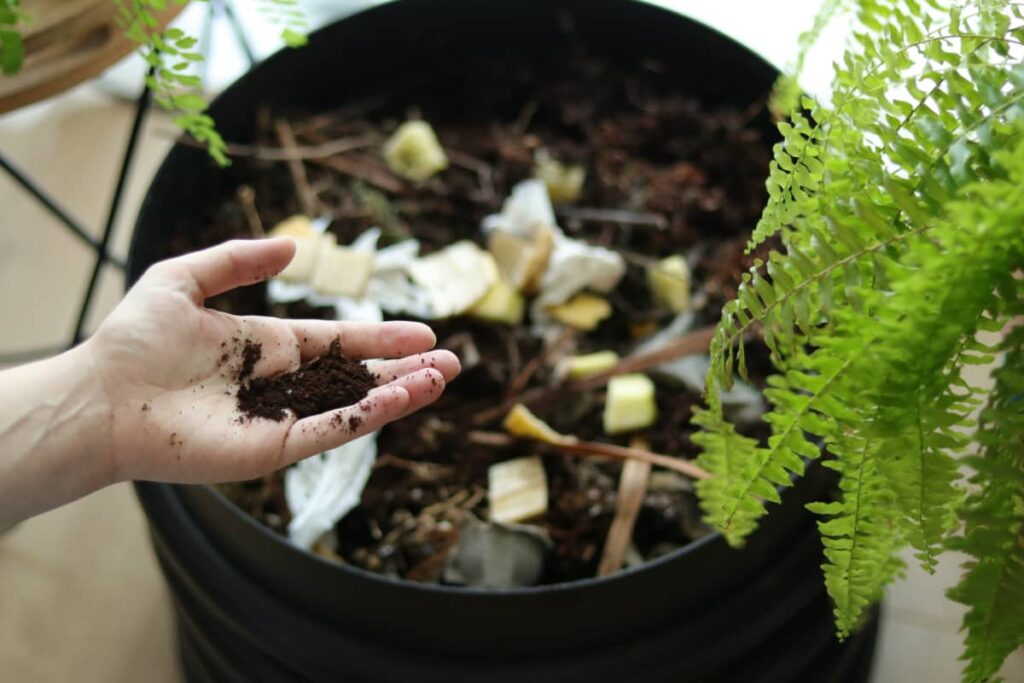
For optimal results, balance the nitrogen from your coffee grounds with brown materials such as dried leaves or shredded paper.
By maintaining a good mix, you’ll create nutrient-rich compost that will do wonders for your garden.
Kitchen Magic: Coffee Grounds Beyond the Brew
Beyond the garden, coffee grounds offer a variety of uses in your home.
- Odor Eliminator: The strong aroma of coffee can also work to your advantage in eliminating unpleasant odors. Place a bowl of dry coffee grounds in your refrigerator to absorb unwanted smells. You can also use them to deodorize your garbage disposal by grinding a handful of grounds with ice cubes.
- Deodorize your Microwave: To deodorize your microwave, combine two tablespoons of used coffee grounds with half a cup of water in a microwave-safe bowl, then heat on high for two to three minutes.

- Natural Dye: Coffee grounds can be used to create a natural brown dye for fabrics. Brew a strong pot of coffee and let it cool completely. Soak your fabric in the coffee for several hours or overnight for deeper color penetration.
- Cleaning Power: The abrasive nature of coffee grounds can be harnessed for cleaning purposes. Create a thick paste of coffee grounds and water to scrub away stubborn stains from pots, pans, and even your kitchen sink.
- Indoor Plants Love Coffee Too: Sprinkle a small amount of dried coffee grounds around the base of your indoor plants to enrich the soil and deter pests.
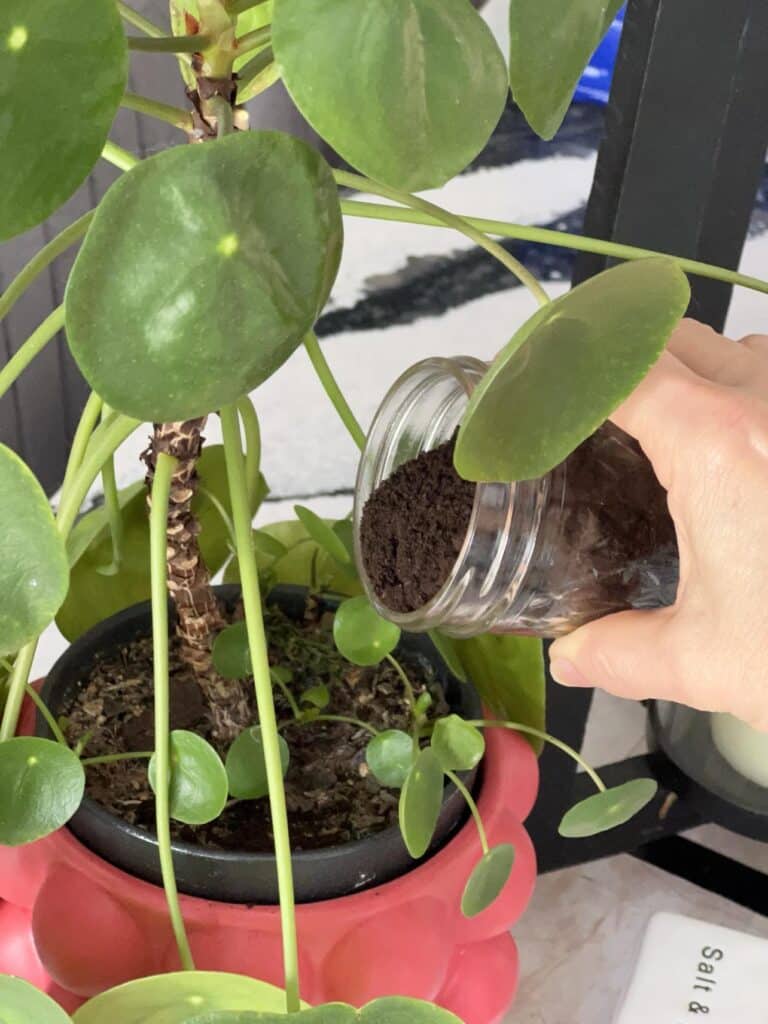
Beauty Benefits: Coffee Grounds for Your Skin
Coffee grounds aren’t just for your garden and kitchen. The gritty texture of coffee grounds makes them an excellent natural exfoliant.
Mix dried coffee grounds with a little coconut oil or olive oil to create a body scrub.
For a gentler exfoliating lip scrub, mix a small amount of coffee grounds with honey or coconut oil. (See recipe below)
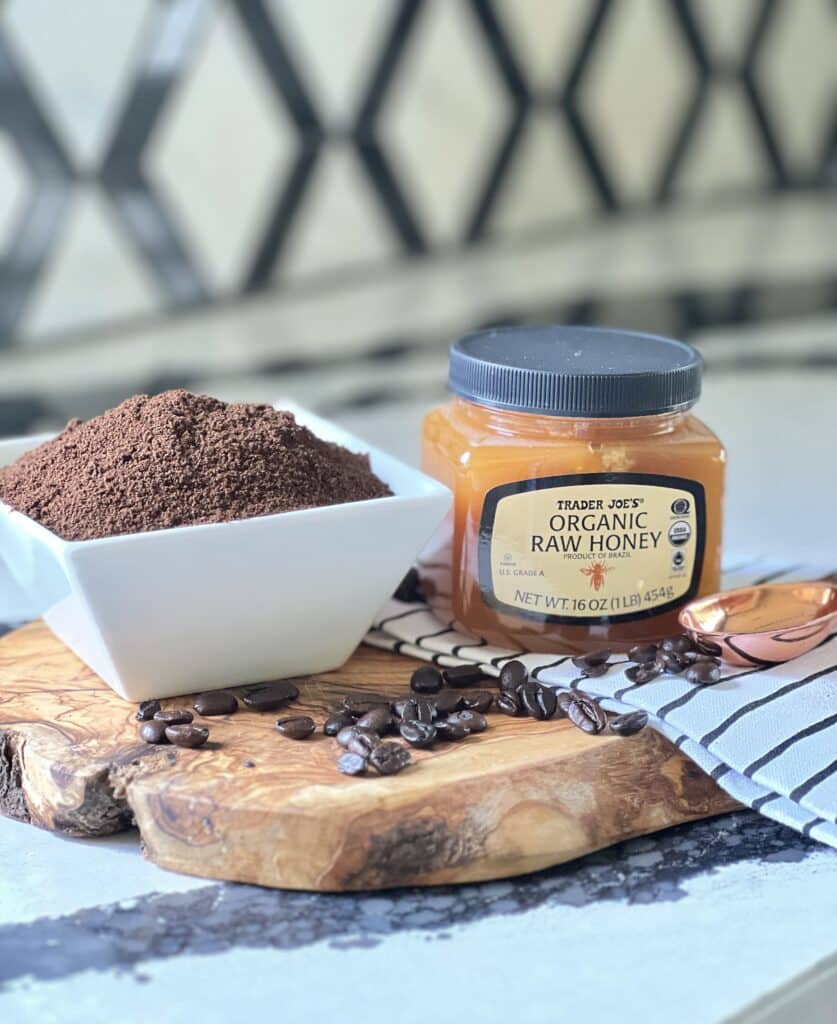
- Cellulite Reduction: Some people believe that coffee grounds can help reduce the appearance of cellulite when used in body scrubs. The caffeine in coffee is thought to stimulate blood flow, while the gentle exfoliation helps improve skin texture.
- Anti-Aging: The antioxidants in coffee grounds may have anti-aging benefits. Incorporating coffee grounds into your skincare routine can help to brighten and rejuvenate your skin.
- Foot Scrub: Mix used coffee grounds with a bit of coconut oil and a few drops of your favorite essential oil for a luxurious foot scrub. Slip on a pair of old socks after applying the mixture and let it work its magic while you relax.
A Coffee Ground Scrub Recipe
Coffee grounds are a great way to exfoliate your skin and give it a natural glow. They can also help to reduce the appearance of cellulite and improve circulation. This recipe is for a simple coffee grounds skin scrub that you can make at home.
Ingredients
- 1/4 cup fresh grounds
- 1/4 cup sugar
- 1/4 cup olive oil or coconut oil
- 1 tablespoon honey (optional)
Instructions
- Combine all ingredients in a bowl and mix well.
- Apply to wet skin and massage in circular motions for 1-2 minutes.
- Rinse with warm water and pat dry.
Tips
- For a more gentle scrub, use finer coffee grounds.
- If your skin is dry, you can add more oil or honey to the scrub.
- For a more invigorating scrub, you can add a few drops of essential oil to the mix.
Cautions
- Do not use this scrub if you have any open cuts or wounds.
- Patch test the scrub on a small area of skin before using it all over your body.
A Word of Caution
While coffee grounds offer many benefits, it’s essential to use them in moderation. Adding large quantities of coffee grounds to your compost pile or garden can alter the pH of the soil and harm your plants. Additionally, wet coffee grounds can attract fruit flies, so it’s best to dry them before using them indoors.
By repurposing your coffee grounds, you’re not only reducing waste but also enriching your life in countless ways. So, the next time you enjoy a cup of coffee, remember that those grounds hold the potential for a wide range of creative and beneficial uses.

And there you have it! Drying your coffee grounds is a simple yet rewarding process.
By taking a few extra minutes to dry your grounds, you’re not only reducing waste but also creating a valuable resource for your home and garden.
So, next time you brew a pot of coffee, remember to save those grounds and give them a new life.
Cheers!

Don’t Forget to Pin It!
Pin the image below to your boards on Pinterest (just click the Pin button in the top left corner). You can also follow along with me on Pinterest!




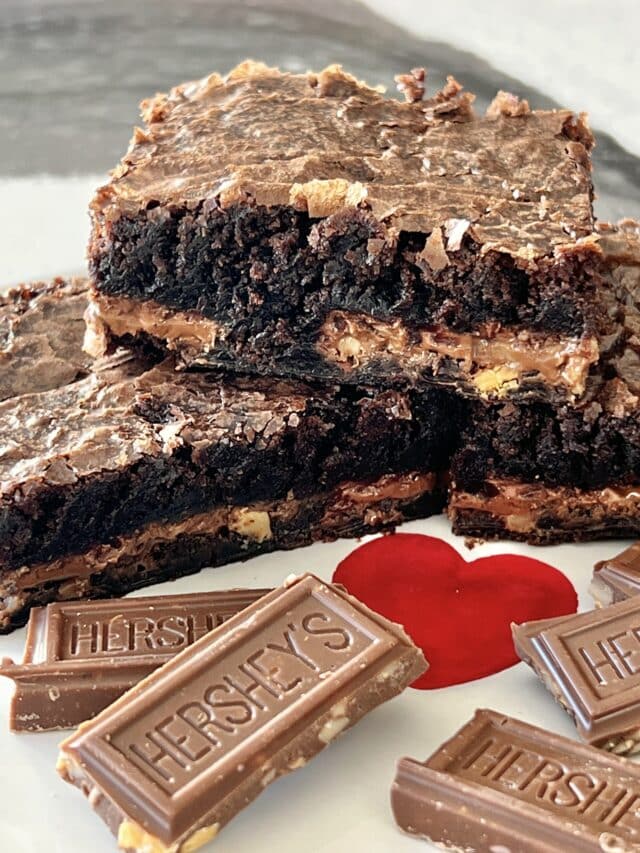

I love love love the mini greenhouse. I have boxes of frames that I don’t know what to do with. Now instead of throwing them away, i’m going to make as many mini green houses as I can for hostess gifts. Thanks so much. Sharon
Ooooh! I would love to see them when you finish! Using them for hostess gifts is a great idea!
The coffee ground uses are great! My husband and I drink coffee and always wondered what we could do with the grounds. My house plants are going to get a little as well as my herb plants in the garden. Not sure if I will use them as a scrub but i’m going to think about it. I will be looking forward to your next blog.
I’m so glad you like it, Sharon! Coffee grounds have been a game changer with my plants!
This is so interesting. I did not know that coffee grounds were so useful around the house and garden.
Hi Kim! Give it a try. My plants love them!
Such amazing uses!! I had no idea coffee grounds could be used in so many ways. Thanks, Missy!
My plants love it, Rachel!
Great tips and ideas, thank you 🙂
You are so welcome, Julie!